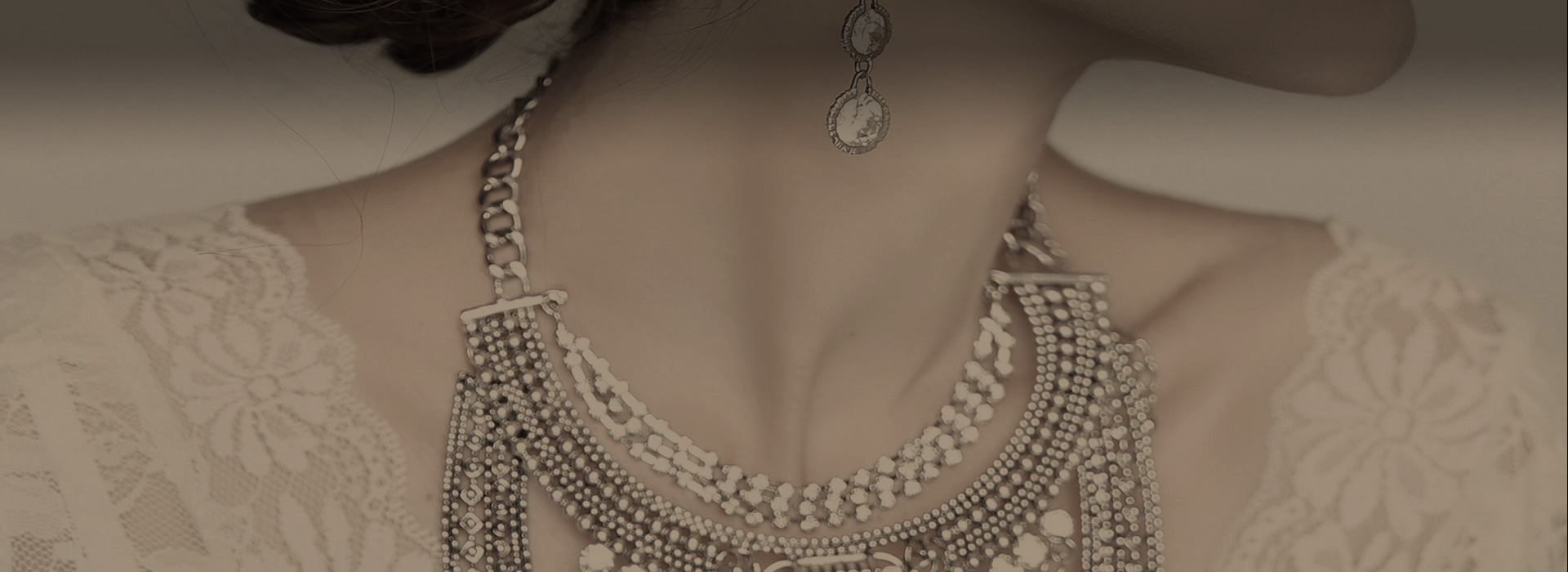Introduction to Ruby
2022-04-11
The English name of ruby is barklyite or Ruby, derived from the Latin Ruber, which means red. The Japanese name for ruby is ルビー. The mineral name of ruby is corundum.
Ruby belongs to the corundum group of minerals, trigonal crystal system. It is red because of its chromium content, and the higher the content, the brighter the color. The blood-red ruby is the most cherished, commonly known as "pigeon's blood". Ruby and emerald, sapphire, tourmaline, etc. belong to the genus of colored gemstones. Ruby is hard, with a hardness only below that of diamond.
According to legend, the samurai in Myanmar cut a small opening on their body and inserted a ruby into the mouth. They believed that this could achieve the purpose of invulnerability.
The largest and most famous star ruby rough in the world is produced in the Mogok area of Myanmar, and was collected at the Saibao Conference held in Qingdao on March 11, 2012. Five experts including Liu Jing, a researcher and appraisal expert from the Palace Museum, evaluated it and obtained it. The title of "Chinese Folk Treasure". The area around Mogok in the northeast of Mandalay, Myanmar is the main producing area of high-quality rubies.
The world's most perfect ruby is the 138.7-carat "Rotherleaf" star ruby from Sri Lanka. The ruby with the most bleak love story in the world is the 23.1-carat Carmen-Lucia pigeon blood ruby set in a platinum ring embellished with diamonds in the Smithsonian Museum in the United States. One of the beautiful gems.
The main physical properties are: refractive index: 1.762~1.770, birefringence rate 0.008~0.010; density: 4.00g/cm3; with typical absorption lines; Therefore, only diamonds can be scored on its surface, and one of its corners can easily draw a line on the surface of glass (the hardness of glass is below 6). The cracks are more divergent, and there are many cracks in the common ruby, which is the so-called "ten red and nine cracks" of the ruby. It has obvious dichroism, and sometimes the color change can be seen from different angles by the naked eye. The original shape of the ruby before processing is barrel-shaped and plate-shaped.
Natural rubies come mostly from Asia (Myanmar, Thailand and Sri Lanka), Africa and Australia, with a little bit of Montana and South Carolina in the US. Natural rubies are very rare and precious, but man-made is not too difficult, so industrial rubies are all man-made.

Ruby belongs to the corundum group of minerals, trigonal crystal system. It is red because of its chromium content, and the higher the content, the brighter the color. The blood-red ruby is the most cherished, commonly known as "pigeon's blood". Ruby and emerald, sapphire, tourmaline, etc. belong to the genus of colored gemstones. Ruby is hard, with a hardness only below that of diamond.
According to legend, the samurai in Myanmar cut a small opening on their body and inserted a ruby into the mouth. They believed that this could achieve the purpose of invulnerability.
The largest and most famous star ruby rough in the world is produced in the Mogok area of Myanmar, and was collected at the Saibao Conference held in Qingdao on March 11, 2012. Five experts including Liu Jing, a researcher and appraisal expert from the Palace Museum, evaluated it and obtained it. The title of "Chinese Folk Treasure". The area around Mogok in the northeast of Mandalay, Myanmar is the main producing area of high-quality rubies.
The world's most perfect ruby is the 138.7-carat "Rotherleaf" star ruby from Sri Lanka. The ruby with the most bleak love story in the world is the 23.1-carat Carmen-Lucia pigeon blood ruby set in a platinum ring embellished with diamonds in the Smithsonian Museum in the United States. One of the beautiful gems.
The main physical properties are: refractive index: 1.762~1.770, birefringence rate 0.008~0.010; density: 4.00g/cm3; with typical absorption lines; Therefore, only diamonds can be scored on its surface, and one of its corners can easily draw a line on the surface of glass (the hardness of glass is below 6). The cracks are more divergent, and there are many cracks in the common ruby, which is the so-called "ten red and nine cracks" of the ruby. It has obvious dichroism, and sometimes the color change can be seen from different angles by the naked eye. The original shape of the ruby before processing is barrel-shaped and plate-shaped.
Natural rubies come mostly from Asia (Myanmar, Thailand and Sri Lanka), Africa and Australia, with a little bit of Montana and South Carolina in the US. Natural rubies are very rare and precious, but man-made is not too difficult, so industrial rubies are all man-made.

X
We use cookies to offer you a better browsing experience, analyze site traffic and personalize content. By using this site, you agree to our use of cookies.
Privacy Policy



